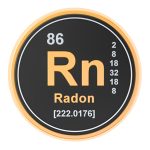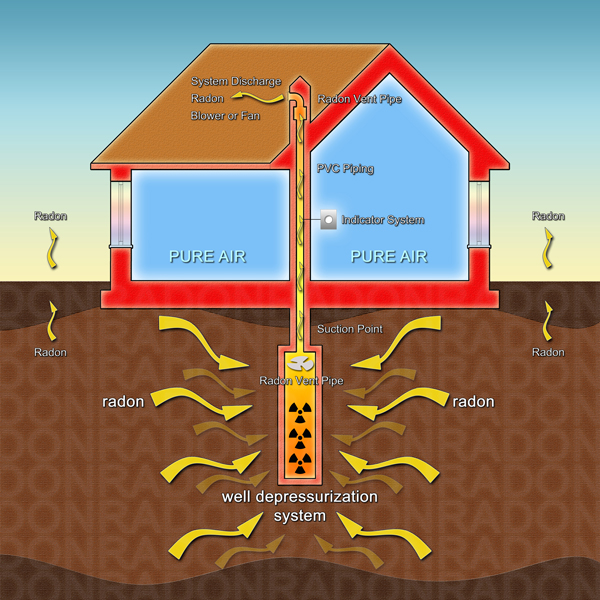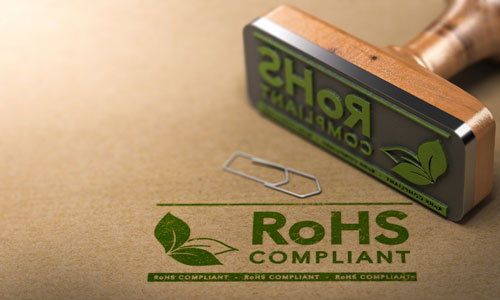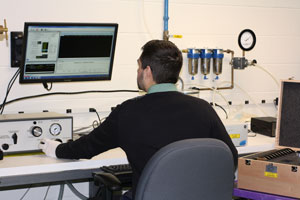 Dwyer strives to be the trusted leader in manufacturing innovative instrumentation solutions for the worldwide HVAC and process automation markets. Providing friendly, timely, and accurate technical service/support is just one way in which we accomplish this mission. It is a source of pride for the whole Dwyer team, and we’re happy to be able to assist our customers with their product application requirements. Continue reading “Ask the Expert: Dwyer Applications Engineers”
Dwyer strives to be the trusted leader in manufacturing innovative instrumentation solutions for the worldwide HVAC and process automation markets. Providing friendly, timely, and accurate technical service/support is just one way in which we accomplish this mission. It is a source of pride for the whole Dwyer team, and we’re happy to be able to assist our customers with their product application requirements. Continue reading “Ask the Expert: Dwyer Applications Engineers”
Dwyer Digital Manometer Used to Size Radon Mitigation Fans
 Radon is a naturally occurring radioactive gas that comes from the decay of Uranium. It is often found in the rock and soil upon which many residential and commercial buildings are built. Continue reading “Dwyer Digital Manometer Used to Size Radon Mitigation Fans”
Radon is a naturally occurring radioactive gas that comes from the decay of Uranium. It is often found in the rock and soil upon which many residential and commercial buildings are built. Continue reading “Dwyer Digital Manometer Used to Size Radon Mitigation Fans”
What is RoHS?
 RoHS stands for the Restriction of Hazardous Substances in electrical and electronic equipment. RoHS, also known as Directive 2002/95/EC, originated in the European Union and restricts the use of specific hazardous materials, and impacts a wide array of products in the electronics industry. Continue reading “What is RoHS?”
RoHS stands for the Restriction of Hazardous Substances in electrical and electronic equipment. RoHS, also known as Directive 2002/95/EC, originated in the European Union and restricts the use of specific hazardous materials, and impacts a wide array of products in the electronics industry. Continue reading “What is RoHS?”
The Importance of Instrument Calibration
Calibration is the comparison and adjustment of a reading from an instrument in correlation with the reading of a higher accuracy piece of equipment. The overall goal of this process is to minimize measurement uncertainty and ensure the accuracy of an instrument.
in correlation with the reading of a higher accuracy piece of equipment. The overall goal of this process is to minimize measurement uncertainty and ensure the accuracy of an instrument.
Capacitance Polymer Humidity Sensors
 Humidity sensors are one of the most common types of sensors used for HVAC equipment and building management systems. With proper humidity monitoring, energy efficiency of a building can be improved. By using environmental conditions in conjunction with an economizer to reduce the building load, cool outside air is used to cool the indoor space of a building. Dampers, humidity sensors, and temperature sensors are used to verify optimal outdoor conditions for maximizing energy cost savings. Continue reading “Capacitance Polymer Humidity Sensors”
Humidity sensors are one of the most common types of sensors used for HVAC equipment and building management systems. With proper humidity monitoring, energy efficiency of a building can be improved. By using environmental conditions in conjunction with an economizer to reduce the building load, cool outside air is used to cool the indoor space of a building. Dampers, humidity sensors, and temperature sensors are used to verify optimal outdoor conditions for maximizing energy cost savings. Continue reading “Capacitance Polymer Humidity Sensors”




